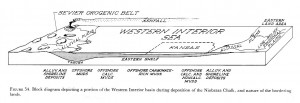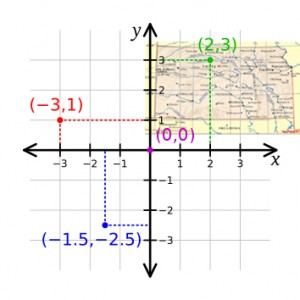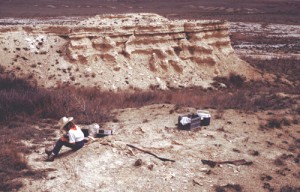Moissanite is an interesting gemstone that is starting to become very popular. Although it was only really introduced commercially in the last 10 years, it has been known for over 100 years. First discovered in a meteorite crater in 1893, it was not found anywhere outside of extraterrestrial origins until the 50s, and even then only tiny fragments were found in other mines.
Fortunately, moissanite is relatively easy to produce commercially. It is made by combining coal byproducts with sand and glass, and heated to over 2000 degrees. This method is used to produce large quantities of a rough form, also called carborundum. This is mainly used as an industrial abrasive.
To produce moissanite jewelry, a better quality of stone is required – however the basic process is similar. Vaporized SiC is heated and allowed to cool in a chamber containing seed crystals. This process produces very good gem quality stones in around 6 hours, and the process is much more reliable and consistent than that of producing other synthetic gems, such as lab diamonds.
Moissanite is a beautiful gemstone, but it isn’t necessarily an ideal substitute for a real diamond. Although it is nearly as hard as a diamond, it is much more brilliant and colorful. This means that it can be easily identified, particularly next to a real diamond. However that is not to say that it isn’t an amazing gem in its own right. many buyers seek out moissanite deliberately for just that reason – its fire and sparkle make it an appealing stone, that is well suited to a range of jewelry applications. Some jewelers report that younger buyers favor this stone because of its flashy, ‘blingy’ character – but at the same time, it can be used in elegant dress earrings paired with white gold.
Although moissanite is much cheaper than a diamond, it is still considerably more than it’s closest rival, cubic zirconia. But as a gem that is relatively less common, it might be worth exploring if you are in the market for something a little bit different.



